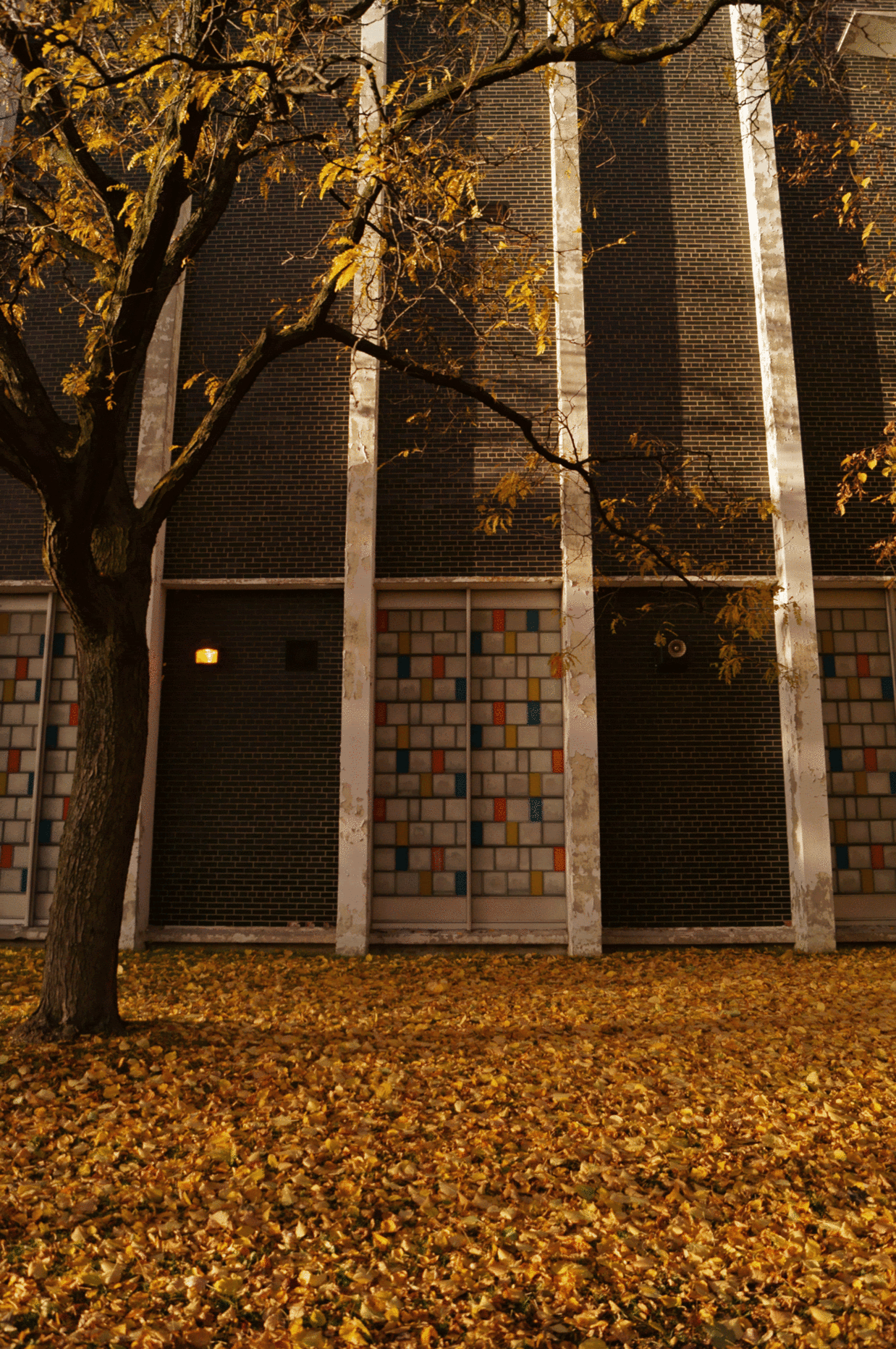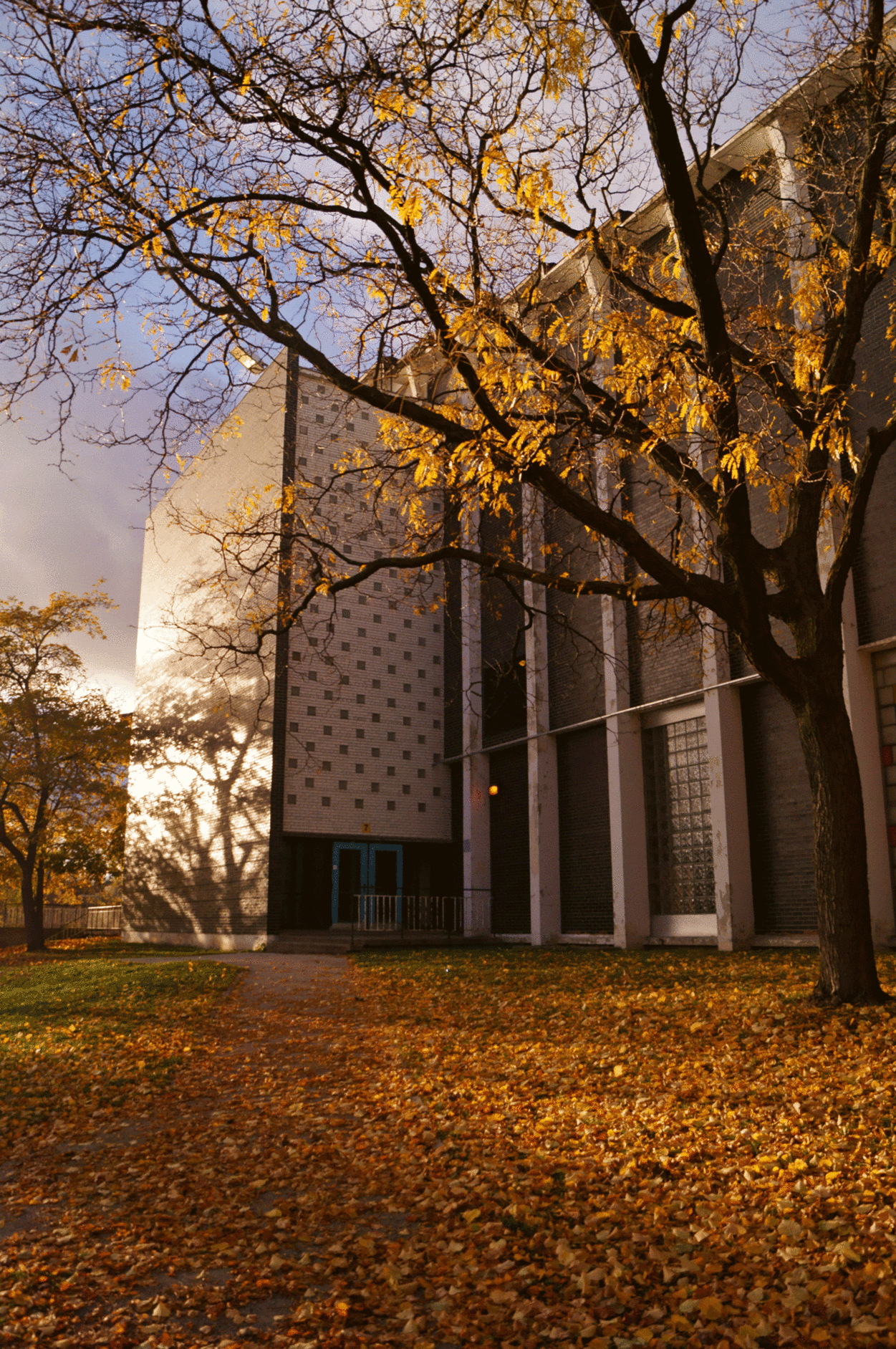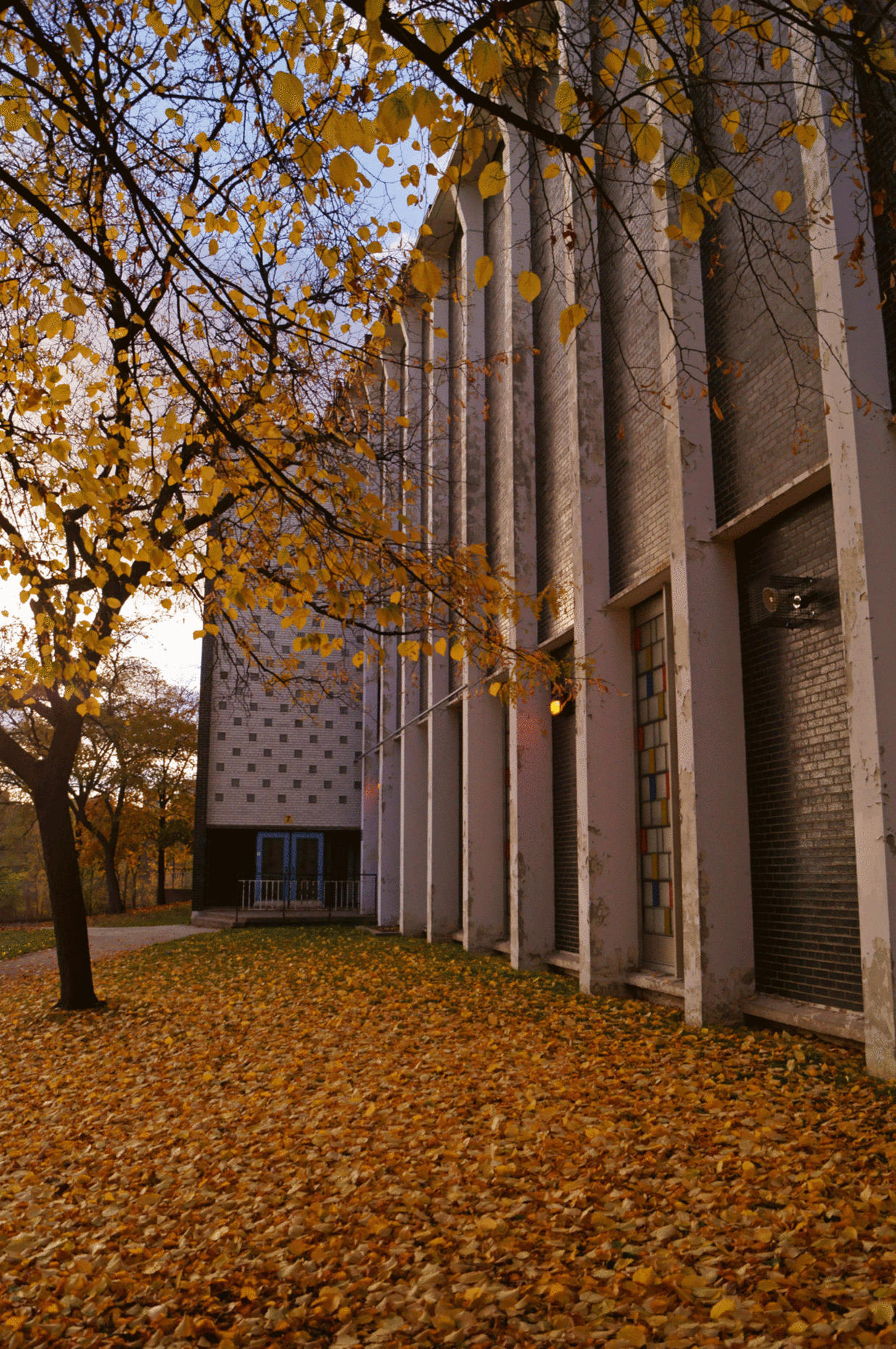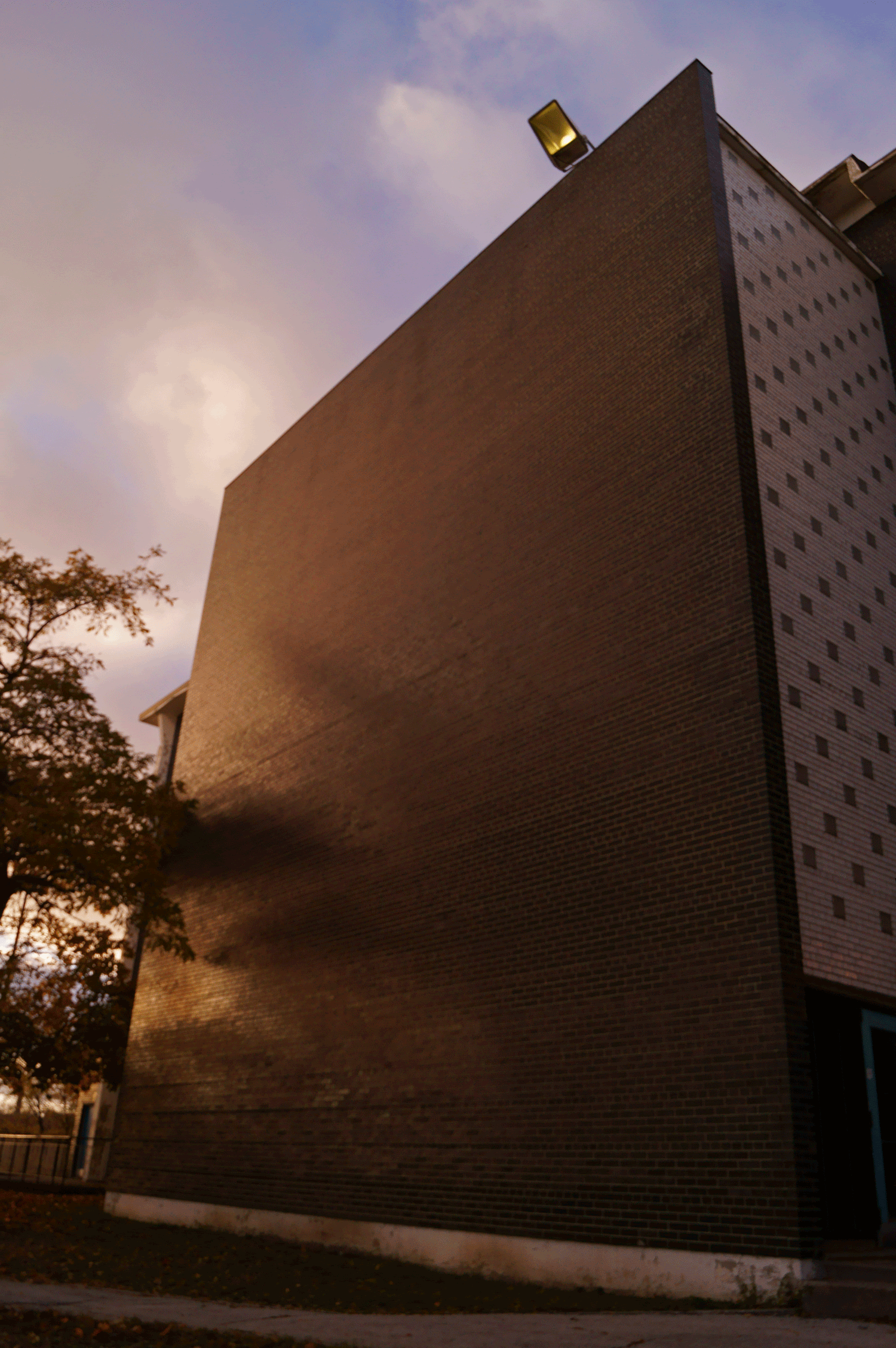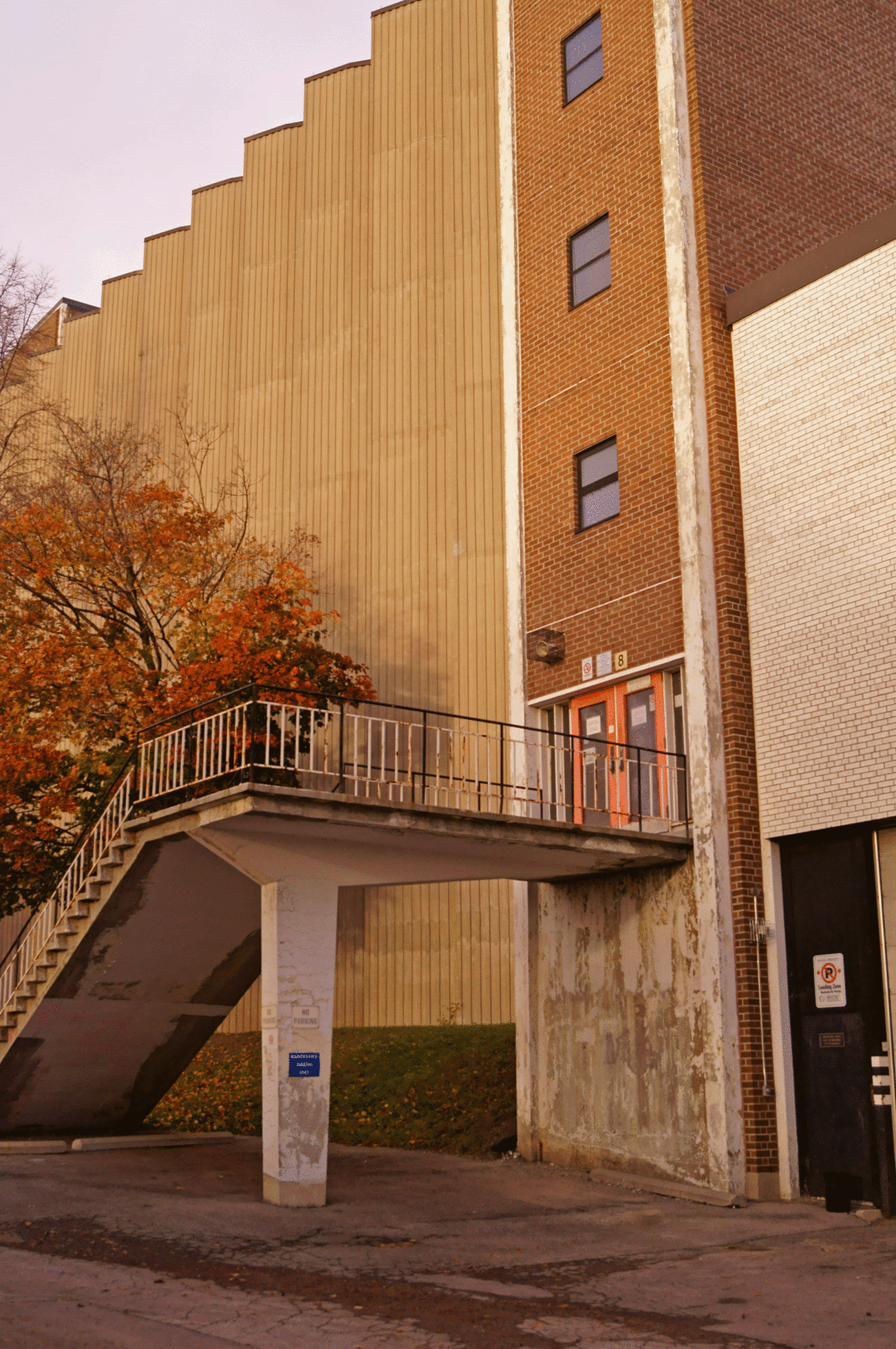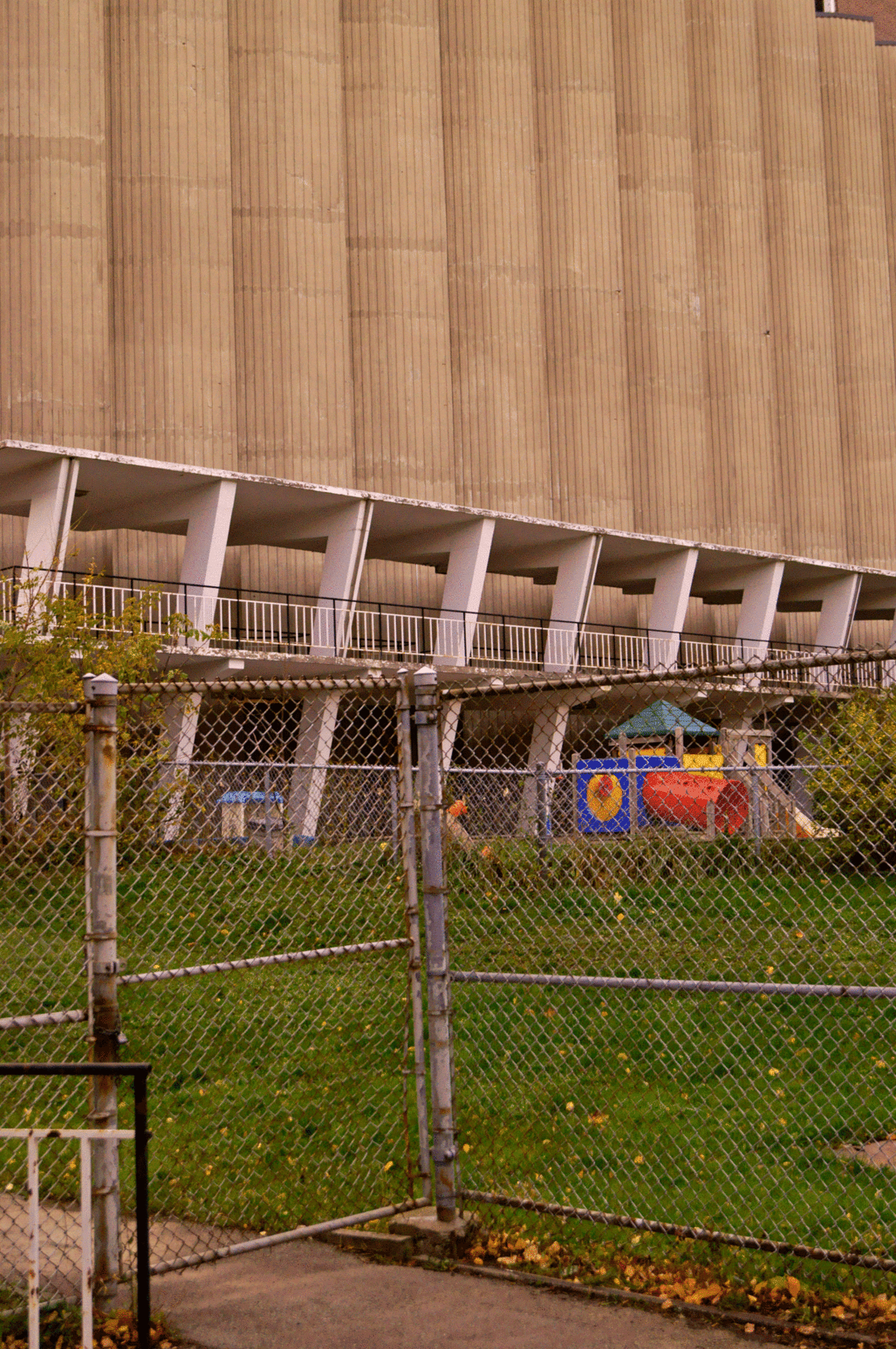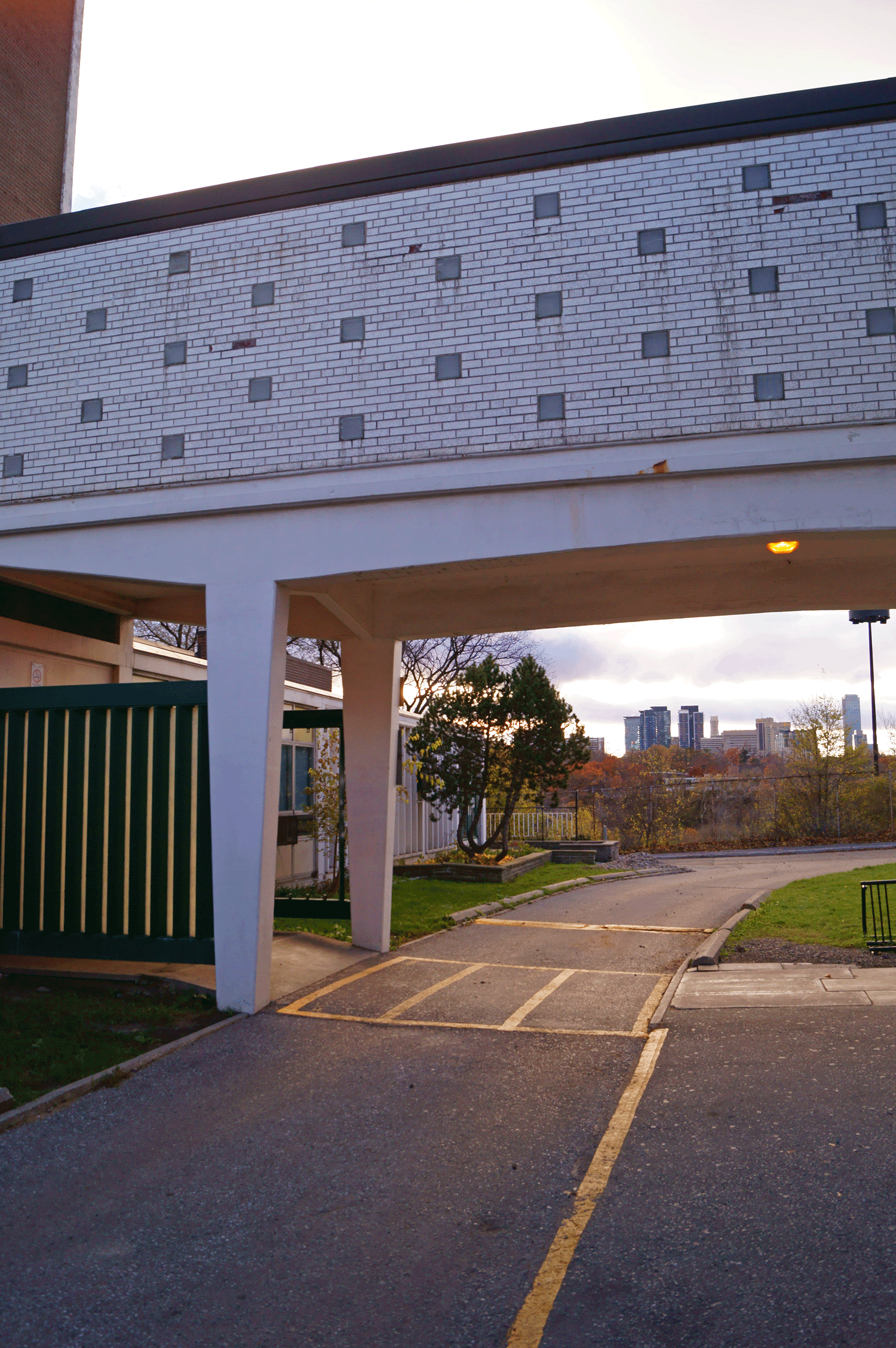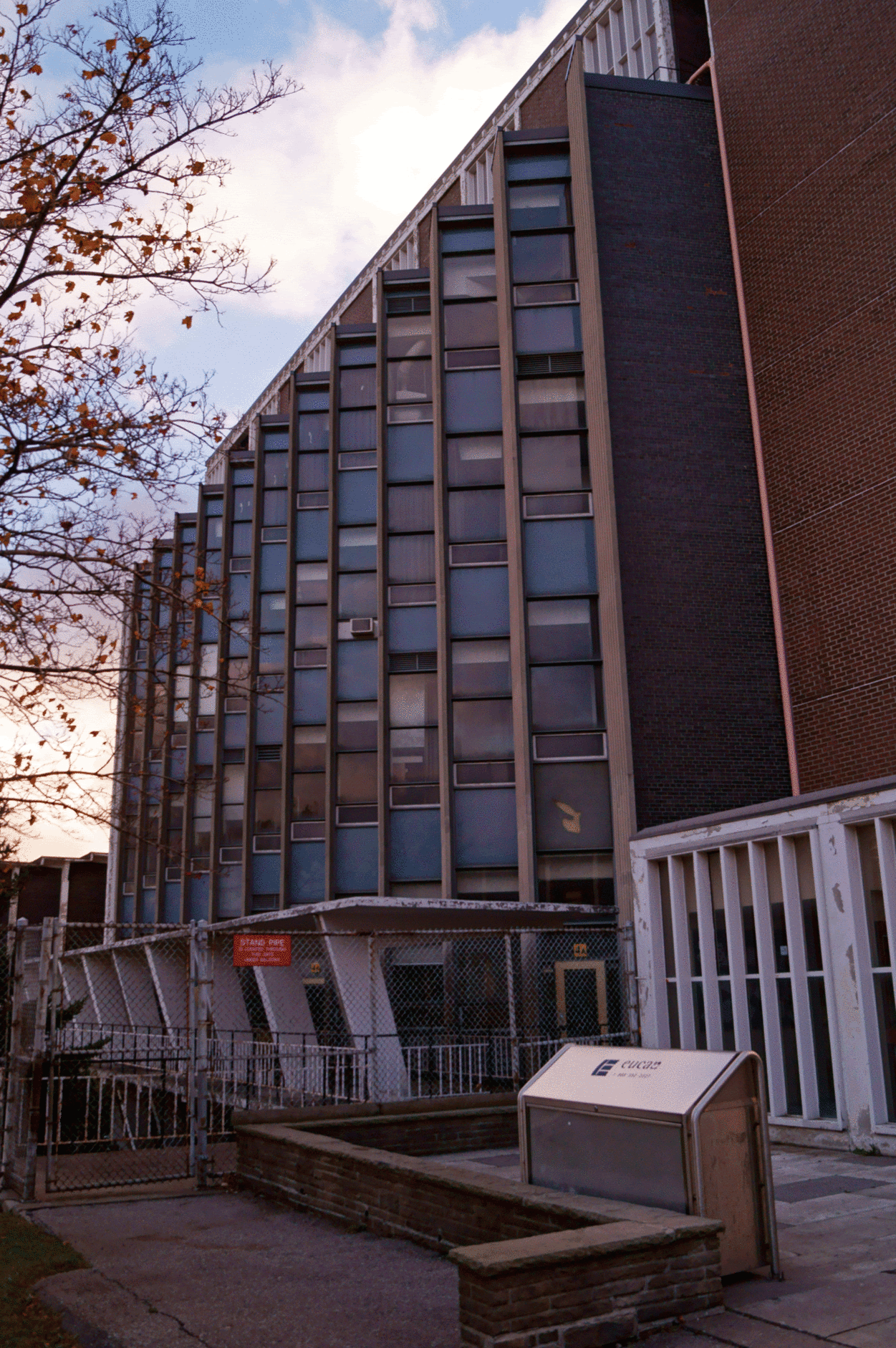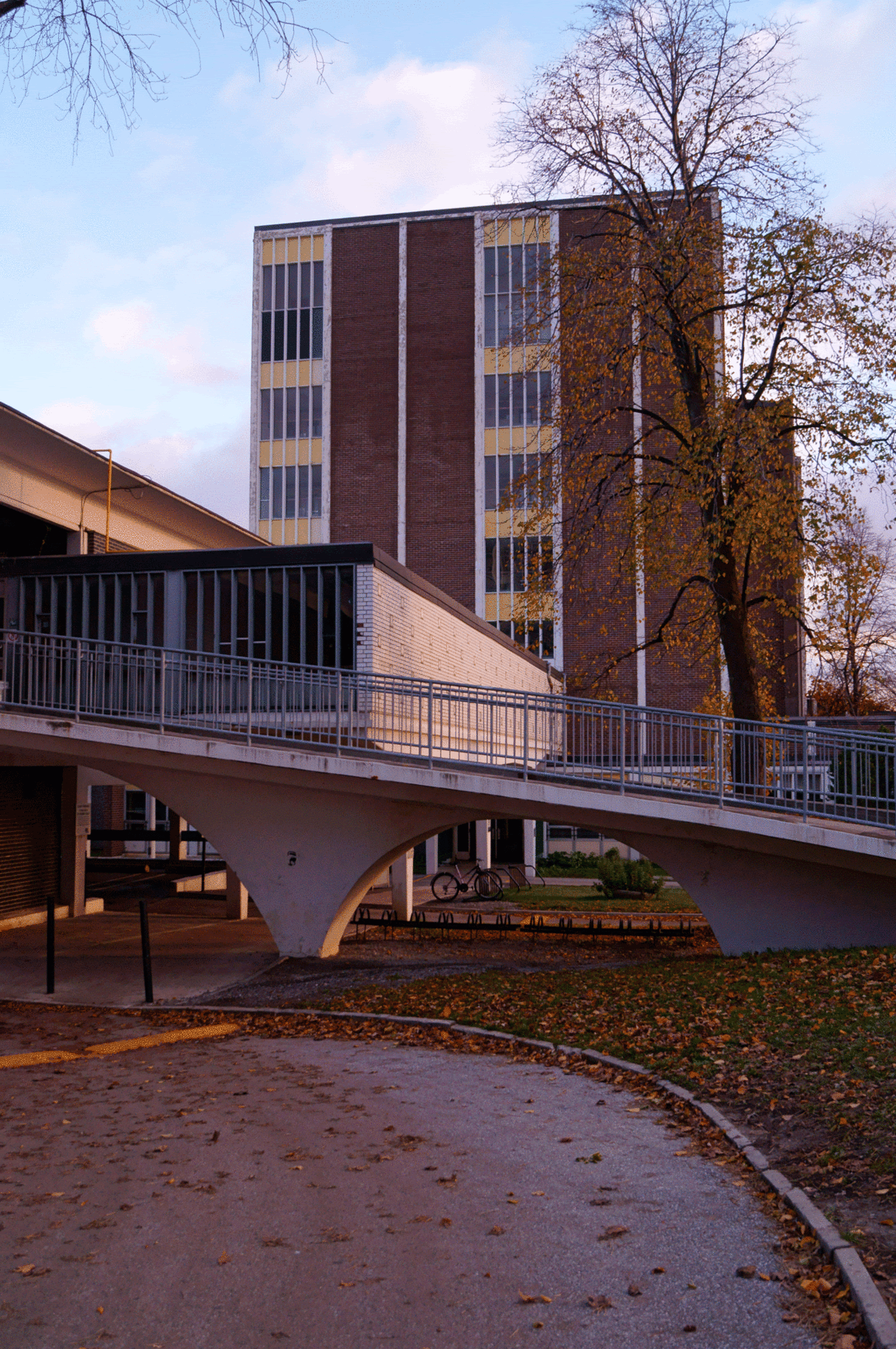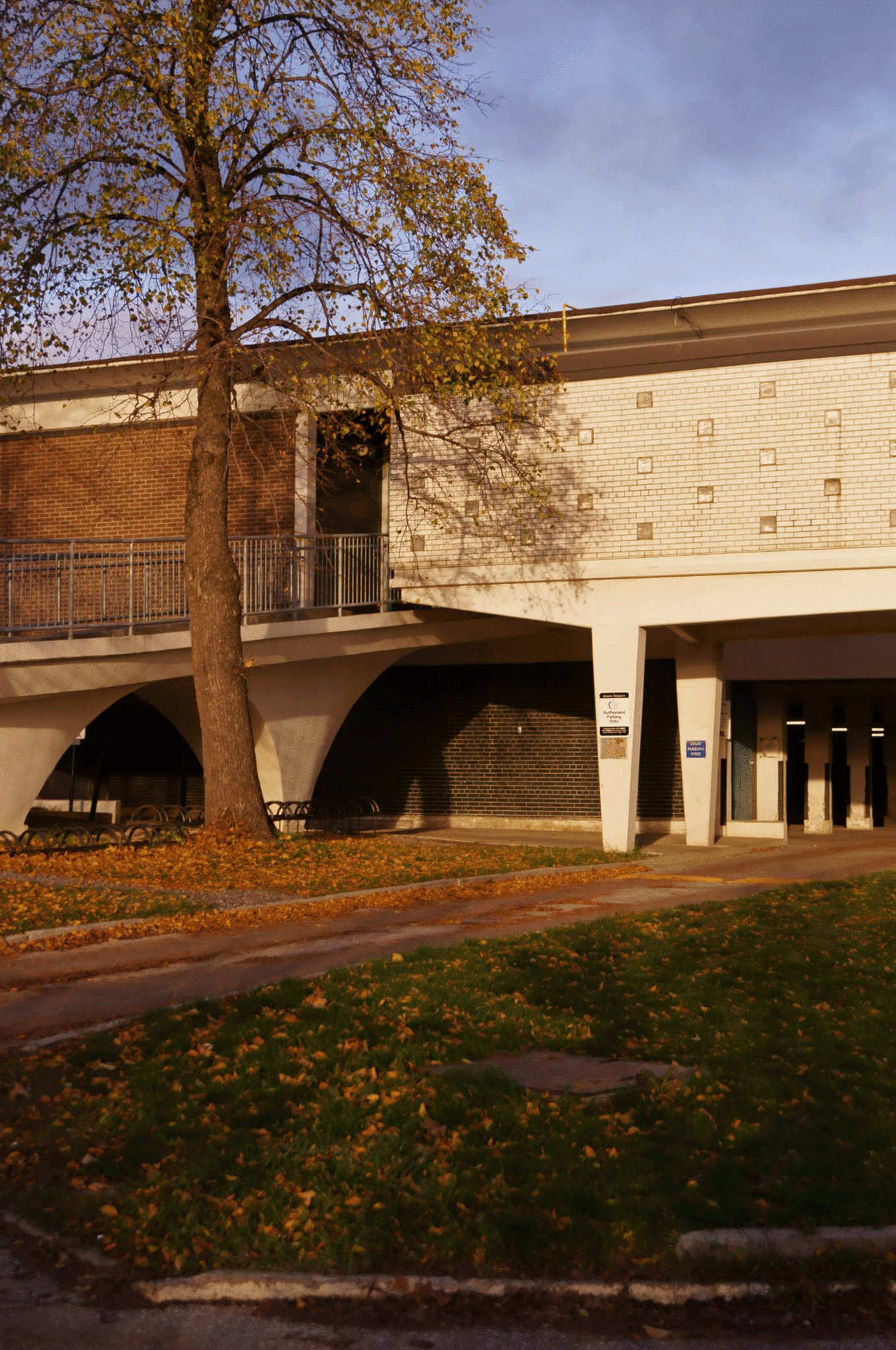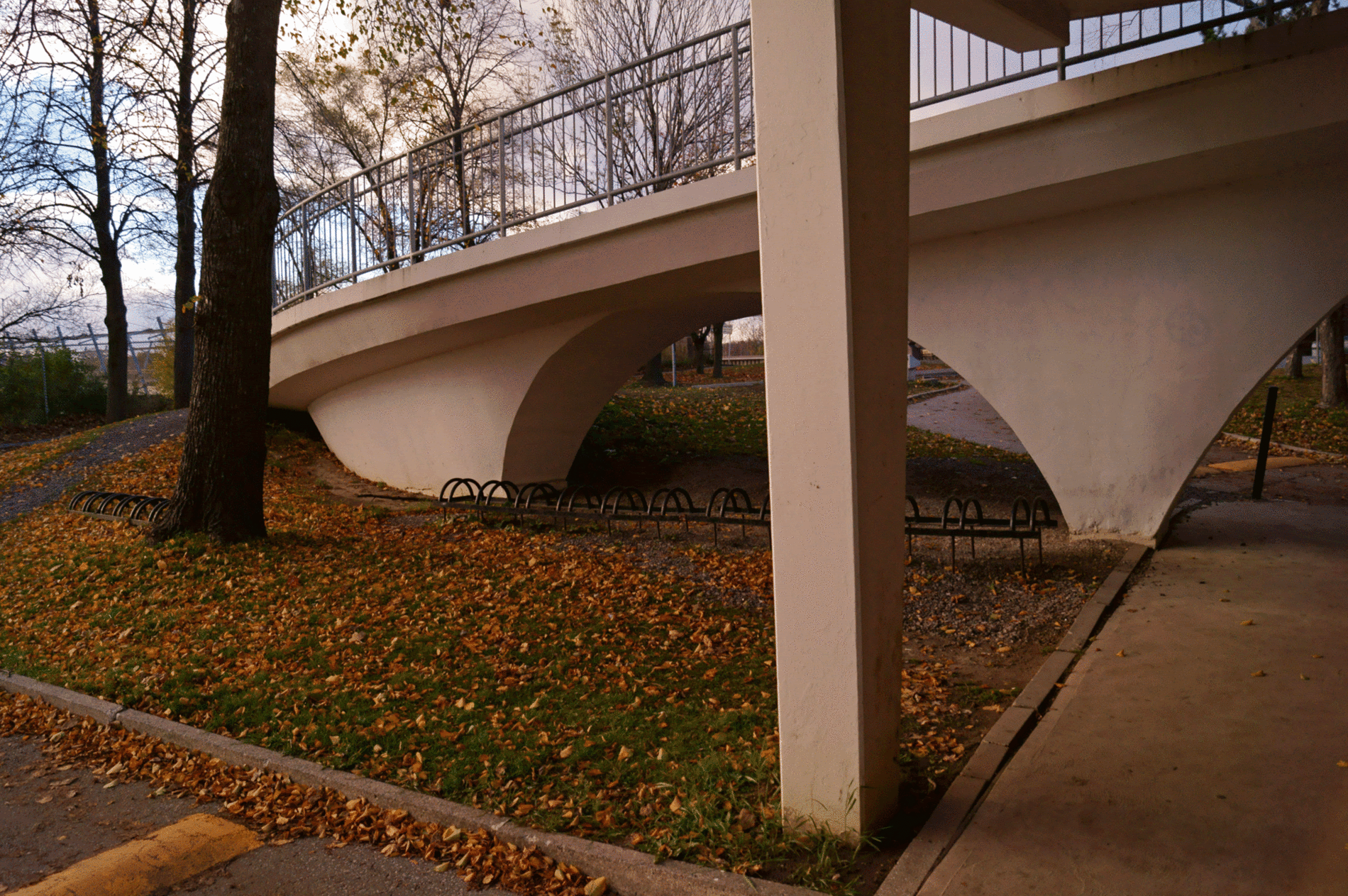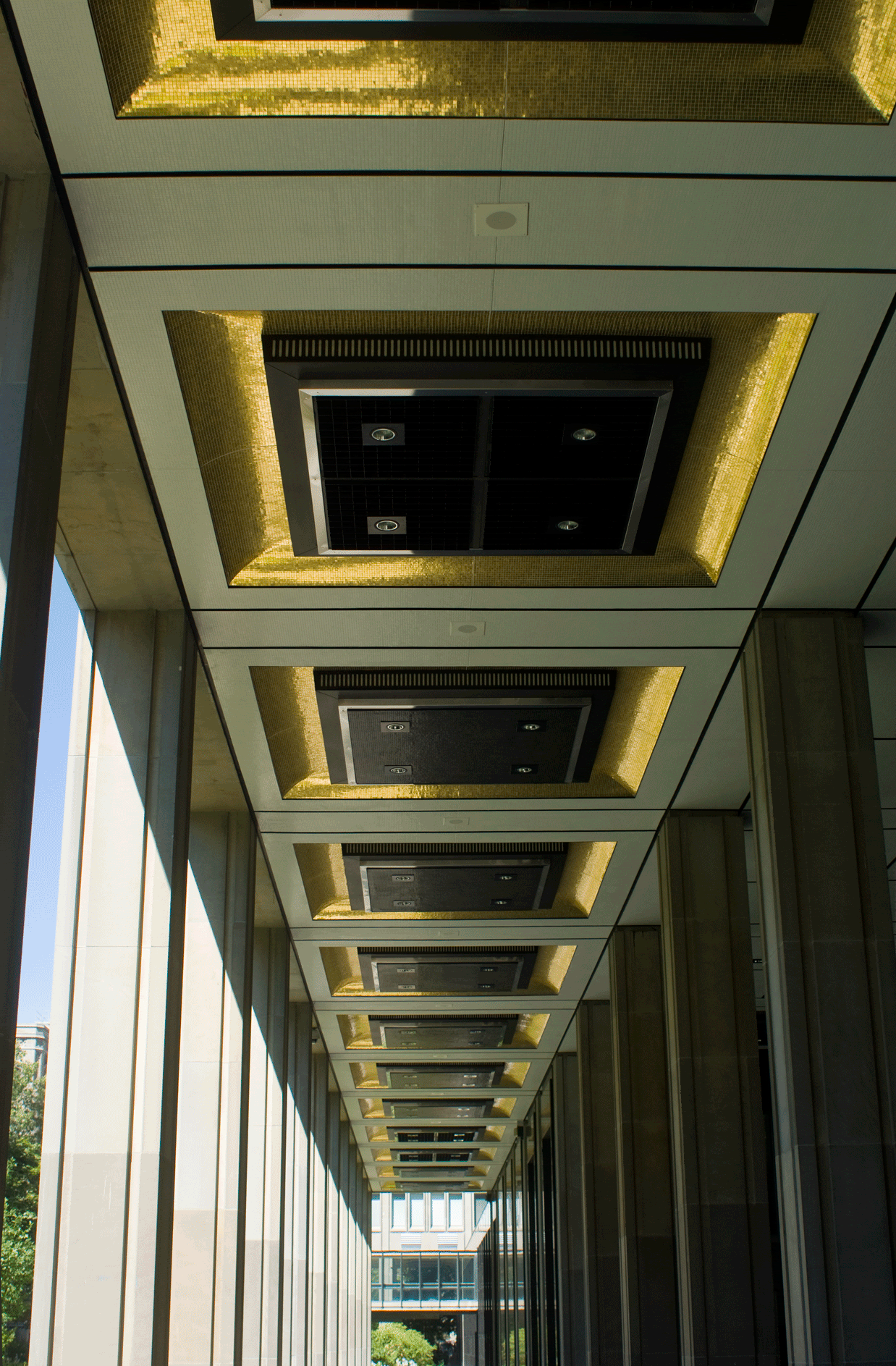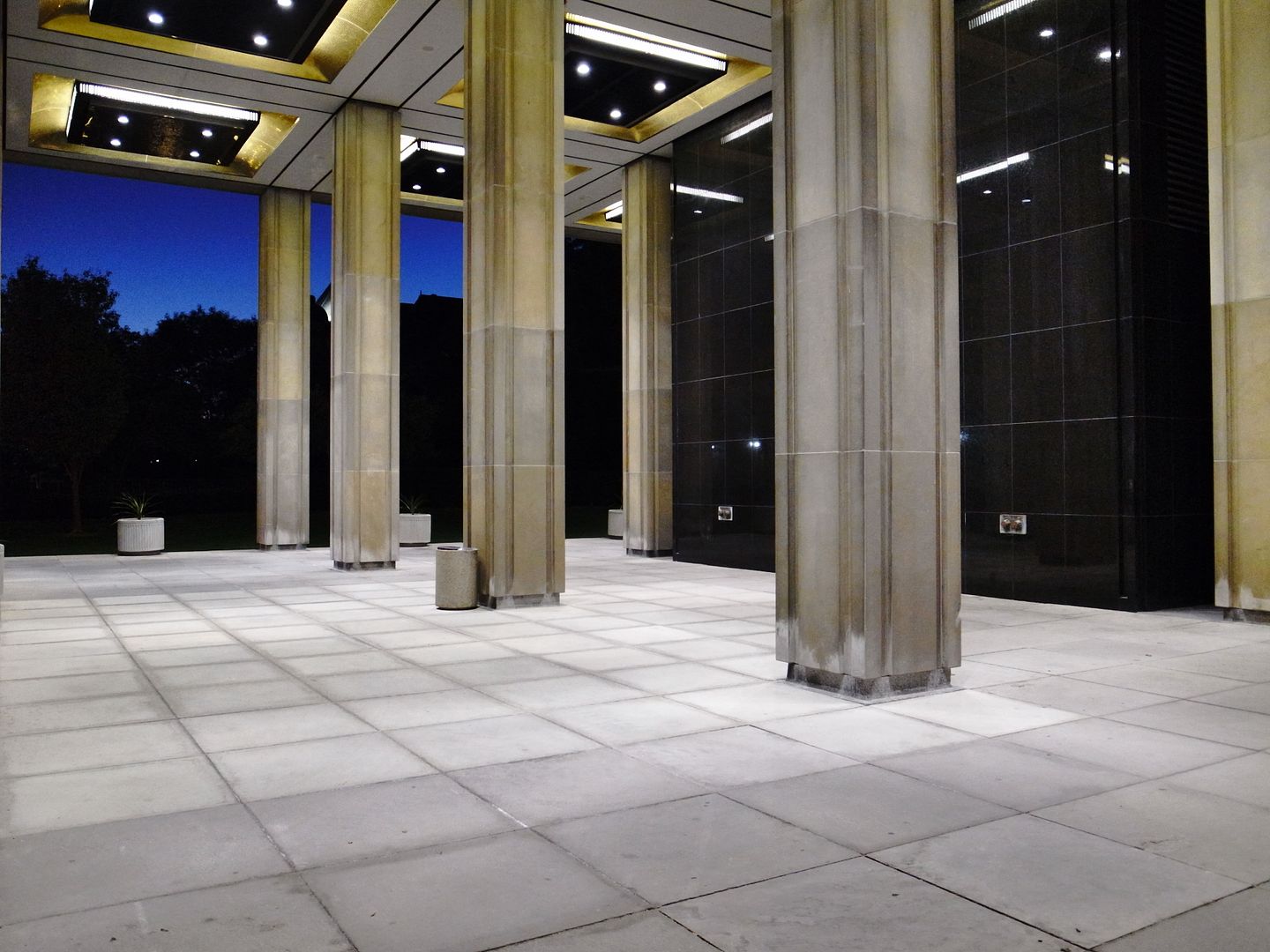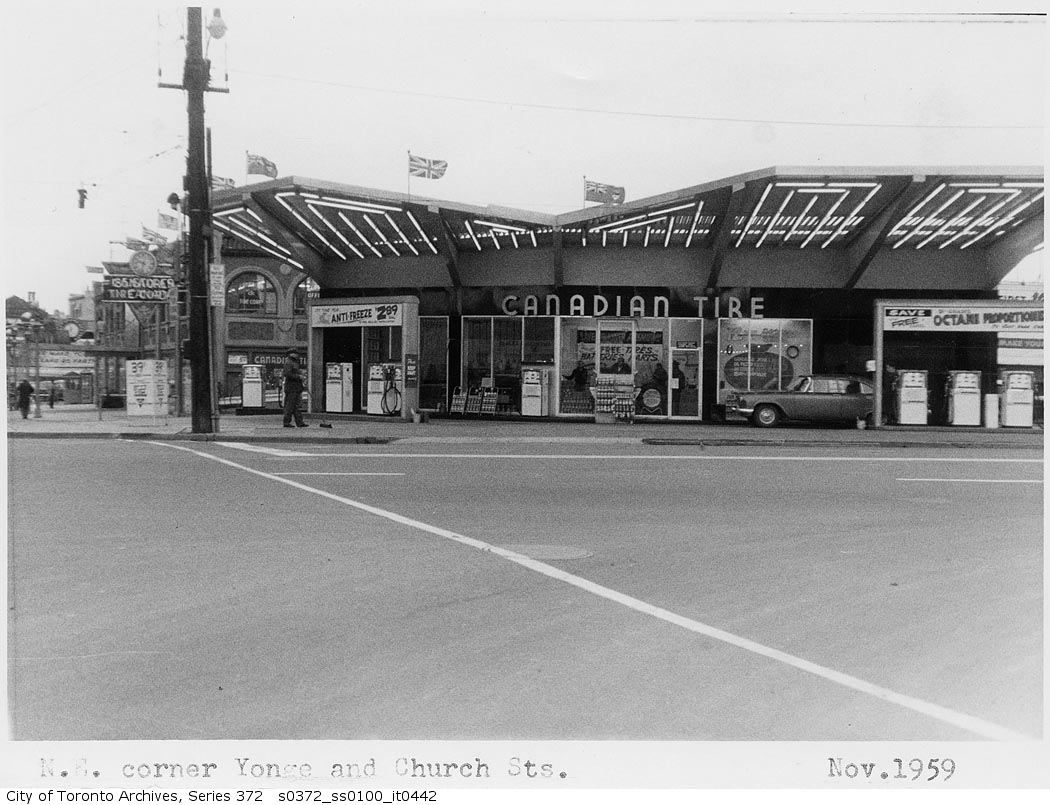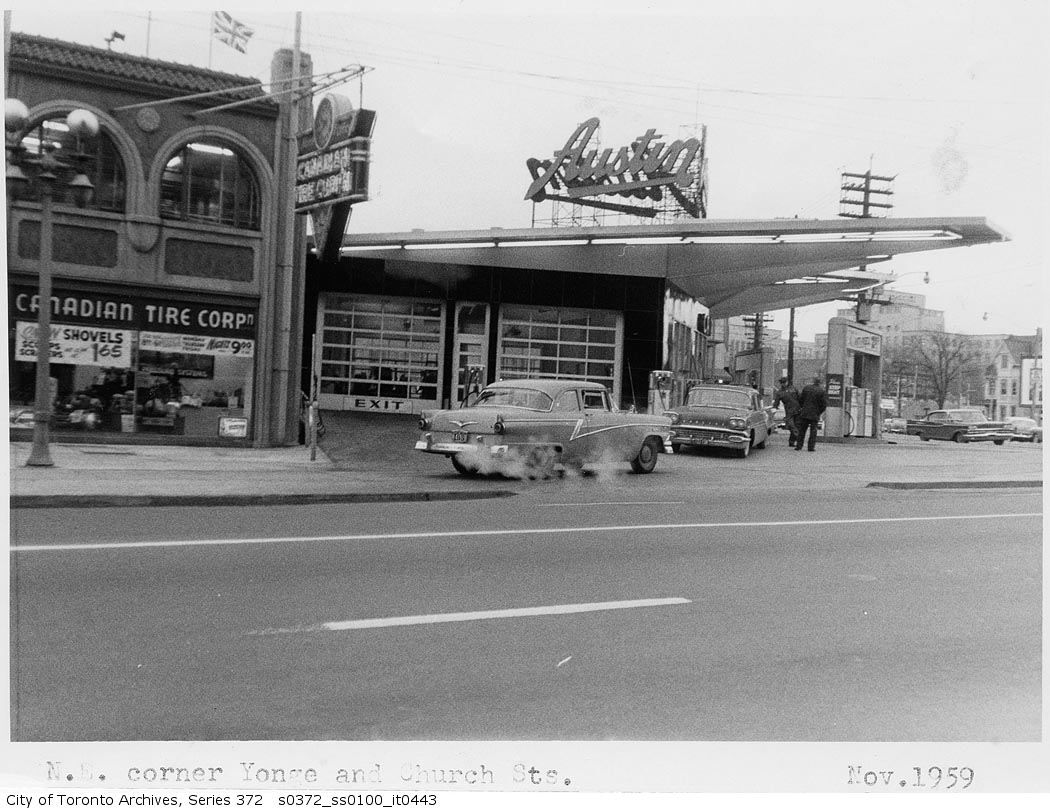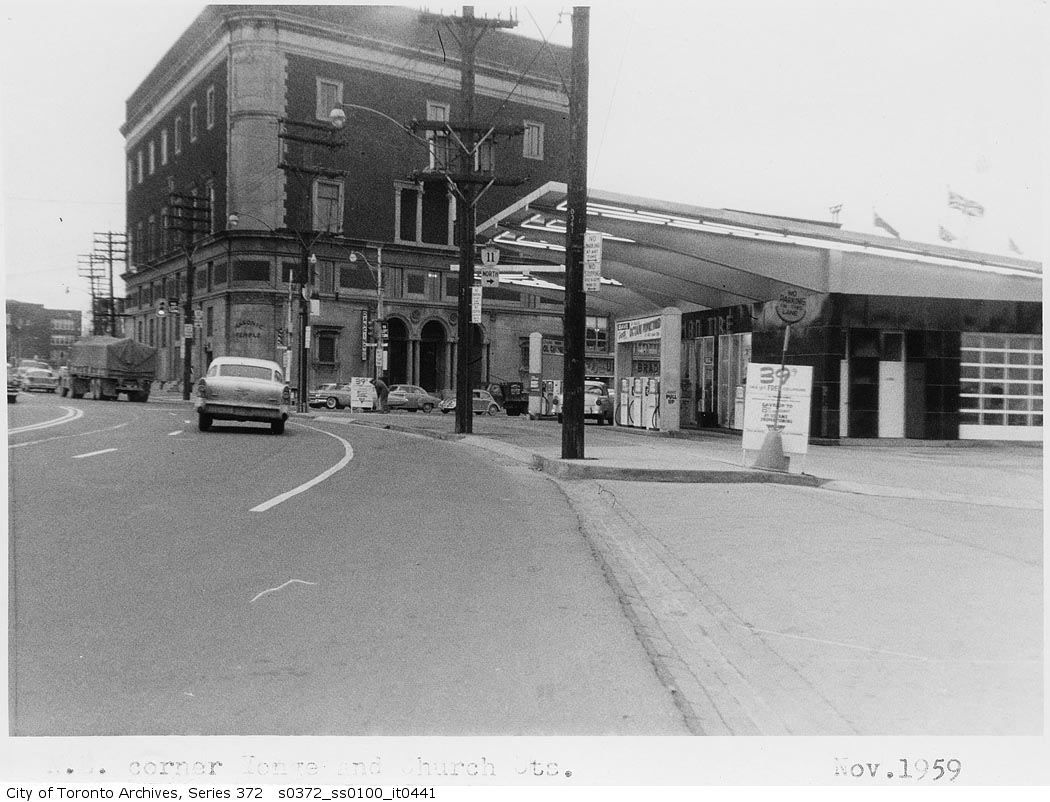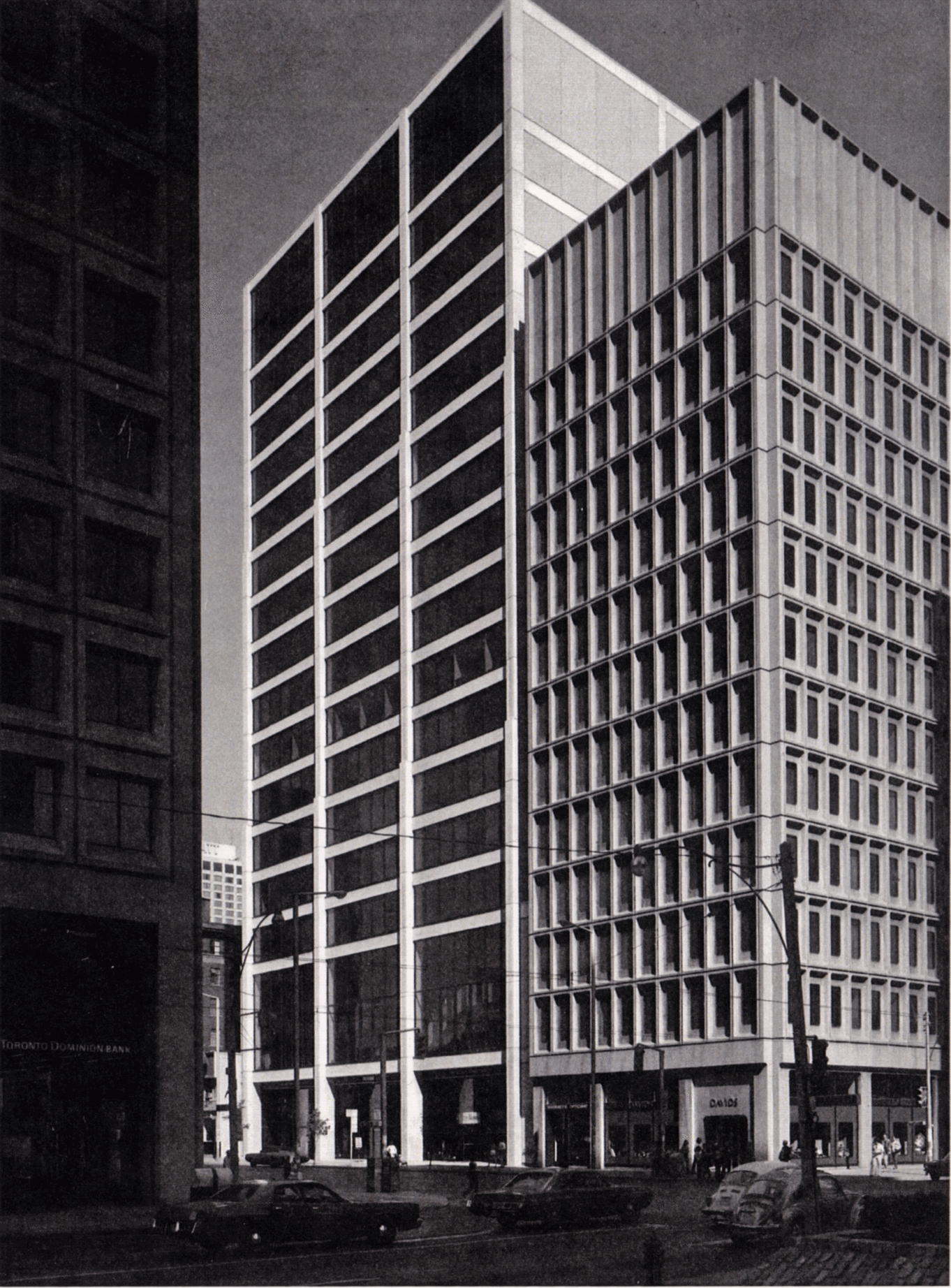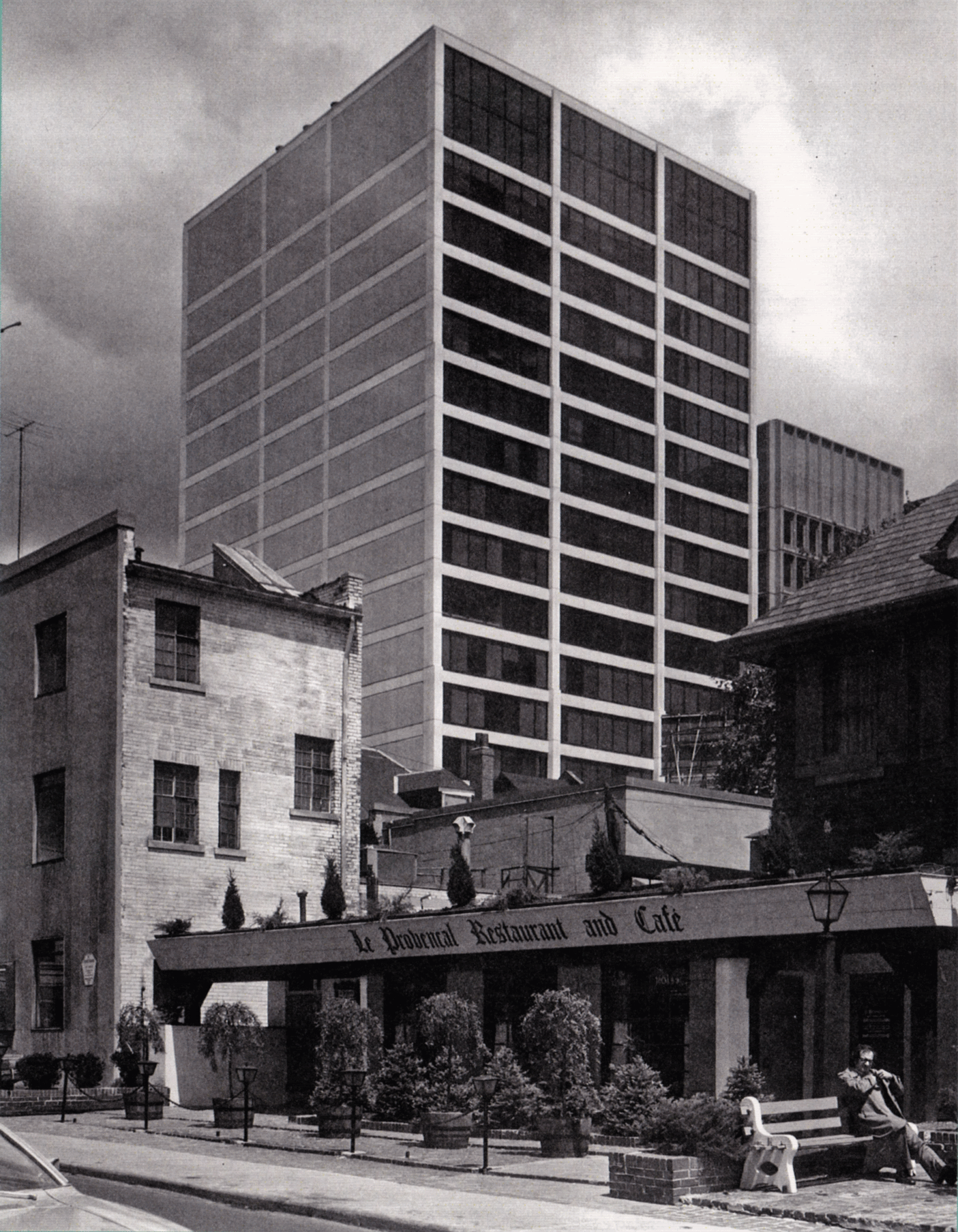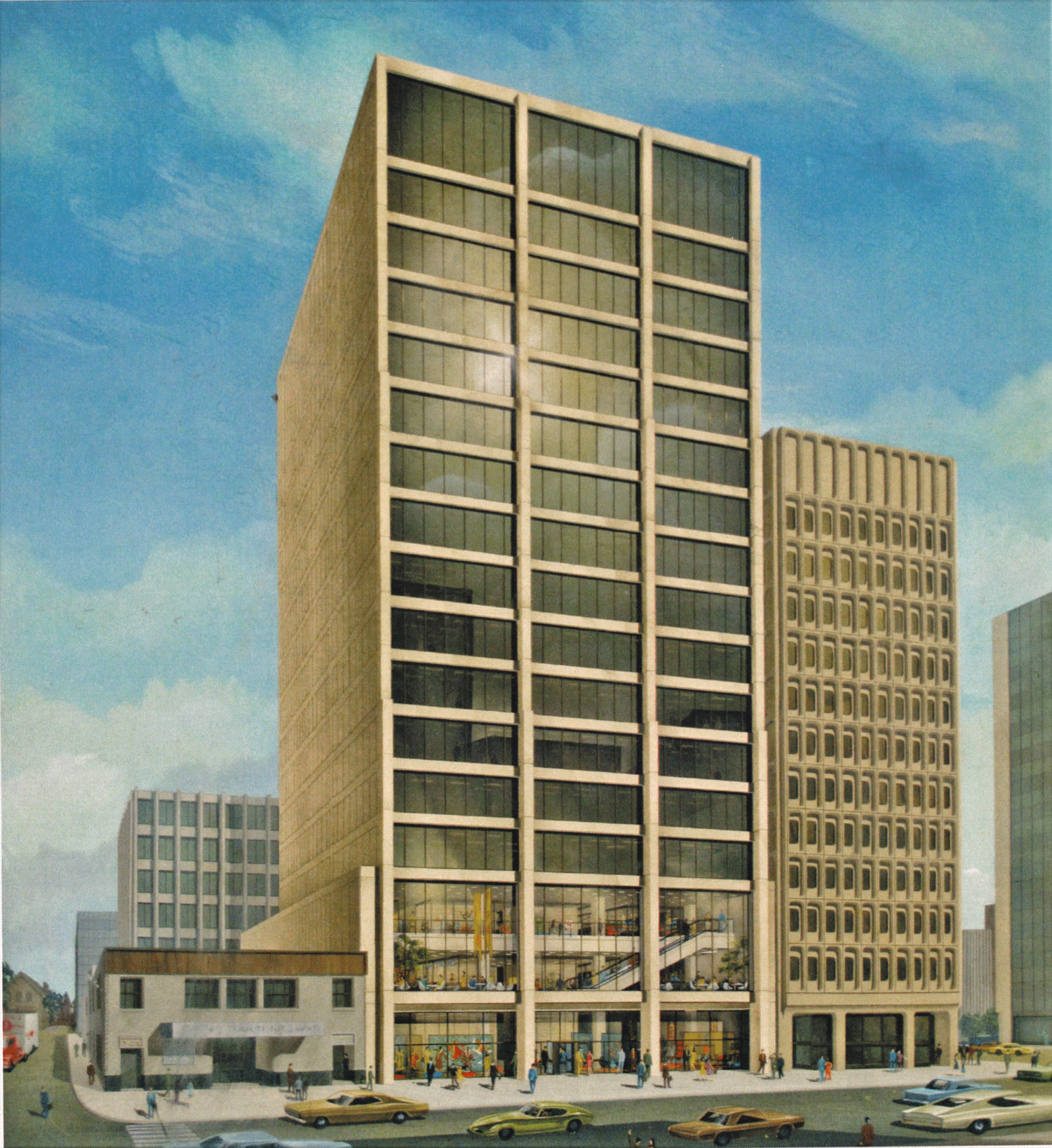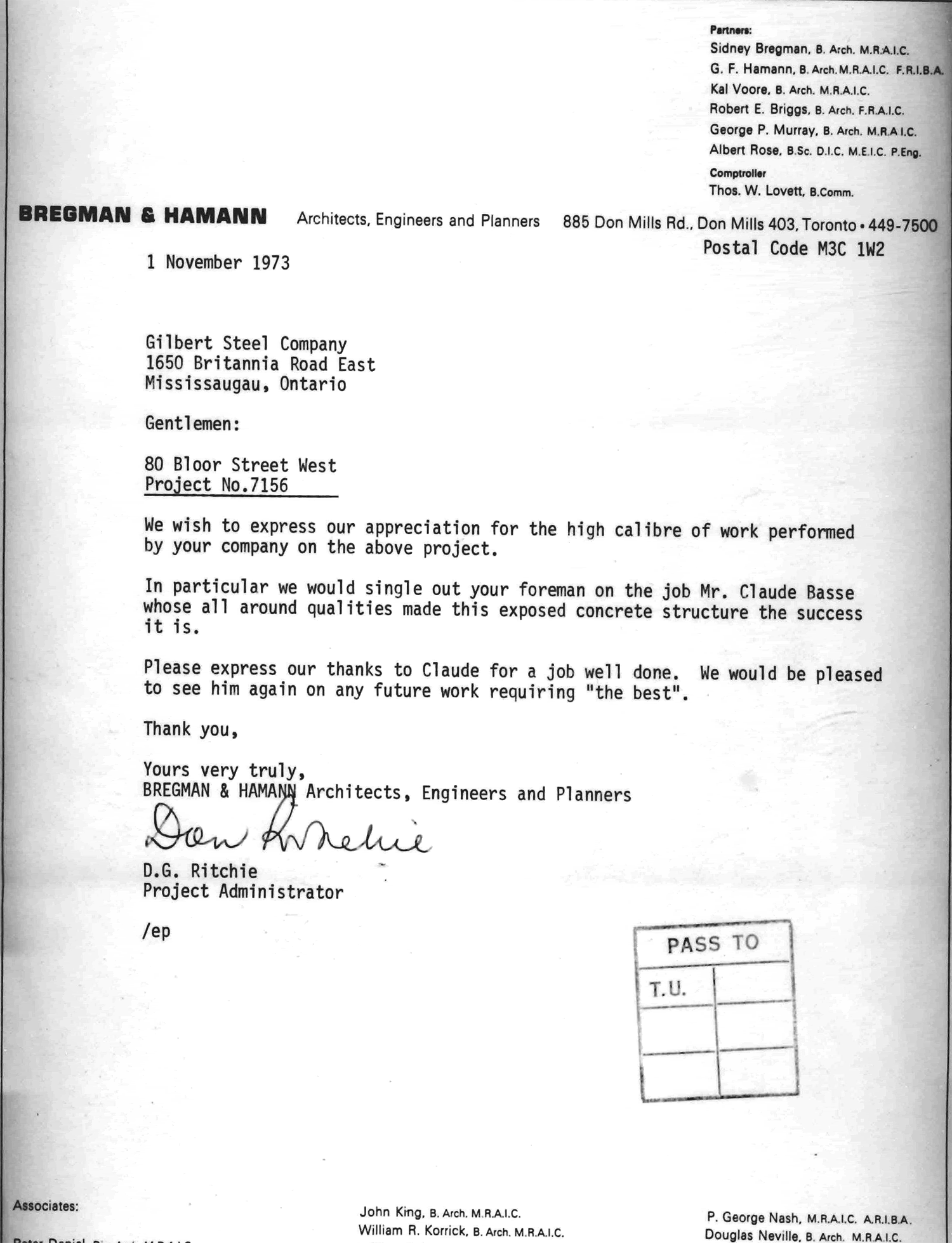LowPolygon
Senior Member
"Nice shot of Lawrence and Roanoke there. Where'd you get that picture from?".
it is from a large hardbound book published in 1967 provocatively called "Toronto"; with photographs by Boris Spremo, who was a staff photographer at the Toronto Star for decades. i believe it was the first mainstream "coffee table" book dedicated to documenting the growing city. its actually quite a beautiful book....
amazon has a few copies kicking around:
http://www.amazon.com/gp/offer-listing/B002NCWZDI/ref=dp_olp_0?ie=UTF8&condition=all
it is from a large hardbound book published in 1967 provocatively called "Toronto"; with photographs by Boris Spremo, who was a staff photographer at the Toronto Star for decades. i believe it was the first mainstream "coffee table" book dedicated to documenting the growing city. its actually quite a beautiful book....
amazon has a few copies kicking around:
http://www.amazon.com/gp/offer-listing/B002NCWZDI/ref=dp_olp_0?ie=UTF8&condition=all
Last edited:





